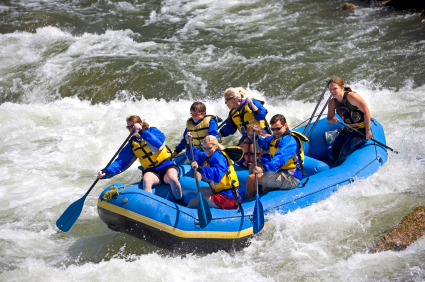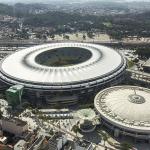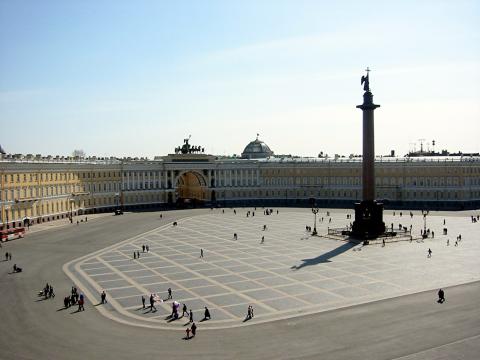Location
Maracana Stadium (Estádio do Maracanã) is one of the most iconic soccer temples in the world, originally built to serve as the flagship venue for the 1950 World Cup. In the 1950 world cups final game the paid attendance at the stadium was an overwhelming 199,854. Today the stadium seats 78,838 spectators making it still the largest stadium in South America. Since the 1959 world cup, the stadium has been mainly used for football matches of the major football clubs in Rio de Janeiro, including Flamengo, Fluminense, Botafogo, and Vasco da Gama. If you are not lucky enough to make it to a football game, you can also attend a guided tour that takes place several times a day. Maracana Stadium repeated its history in 2014 when it hosted the 2014 World Cups opening ceremony and the final game.
The stadium can be easily accessed by subway. Maracanã station is a stop on subway line 2.
The one-hour tours happen on the hour from 9 a.m. to 4 p.m. When there are matches, tours end 4 hours prior to the event. Tickets are for sale at Gate 2, and priced R$30 each (subject to change). From Tuesdays to Sundays only. Tickets for Flamengo matches can be bought at the ticket windows of Maracanã, the club facilities at Avenida Borges de Medeiros 997 in the Lagoa – Ipanema area, or any of the other pre-sale outlets. Expect to pay between BR$100.00 for a seat in the upper sections to BR$ 350.00 for one in the VIP areas. Tickets for Fluminense matches can be bought online via www.futebolcard.com, at the ticket windows of Marcanã, or at any of the pre-sale outlets, which include the centrally-located club office at Rua Álvaro Chaves 41 in the Laranjeiras area. Ticket prices usually start at BR$ 60.00.
















